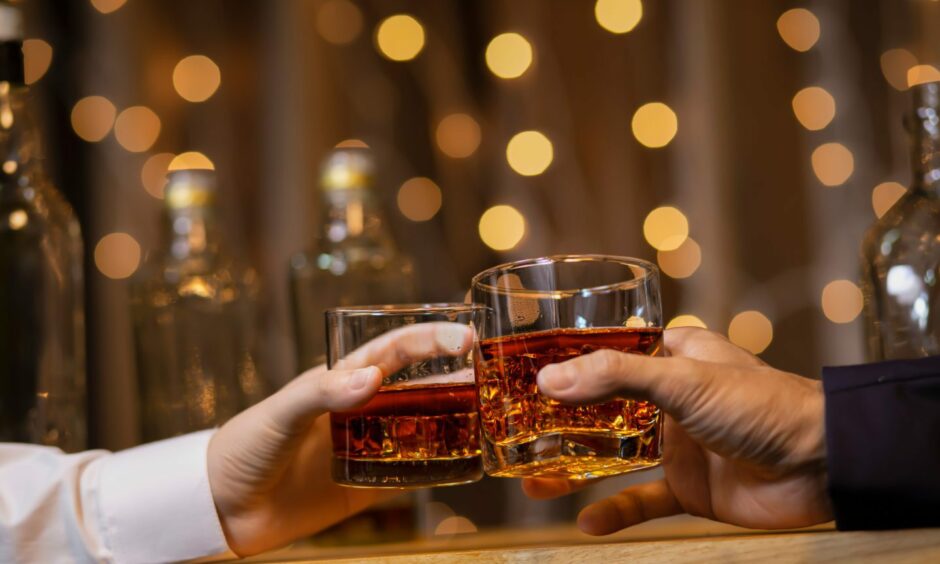
At Hogmanay, many of us will raise a glass of whisky to toast the New Year.
Jacqueline Wake Young pays tribute to Scotland’s national drink by speaking to three people tasked with ensuring its continued success.
For investors, the price of a whisky cask has increased by 478% in a decade, making it the best performing asset in its class, outstripping art (up 71%) and classic cars (up 198%).
The Stockist
Ricki Faulkner is head of stock and logistics at Hackstons, a multi-asset brokerage that specialises in luxury goods which appreciate in value, such as watches, gold coins, wine and whisky.
From his desk in the famous Gherkin building in London, several hundred miles from the nearest Scottish distillery, he keeps a close eye on developments in the Highlands, Speyside and the other whisky-producing areas.
“We have sourced casks from many distilleries in the north-east,” he says. Its location in relation to the Highlands and Speyside means it produces unique casks “due to the mixing of styles”.
Many of his clients are based in the north-east, a lot of them in oil and gas.
He prefers the term “cask ownership” to “whisky investment” and says while profits are possible, many clients are more interested in owning a cask from their favourite distillery.
“It’s similar to owning a classic car, while choosing the right car can lead to a higher sale value in the future, a bigger appeal is simply the joy of owning the vehicle itself.”
Casks are purchased and as the whisky matures inside the barrel it can appreciate in value.
Distilleries have long sold casks to raise liquid capital between releases but these days warehouses refuse to open accounts for private individuals.
Cask brokerage
“Thus if you wish to get involved, you’ll need to work with a distillery directly or a cask brokerage such as ourselves,” says Ricki.
“The whisky industry is a fascinating world. I was originally in financial services which can be quite dry, so to move to an industry which is the pride of a nation and filled with people who live and breathe whisky is a delight.
“Whisky is a long-term asset due to the years-long maturation process.
“Many of my clients plan on holding their casks for a decade or longer, so maintaining our relationship is of utmost importance.
“If you don’t have a personal relationship with the people you’re working with over that lengthy period, you’re doing it wrong.”
While much of his time is spent travelling, he says: “Each distillery has its own unique story and history and some are in the most picturesque locations in Scotland.”
Distillery visits
He brings clients to visit the distilleries and says: “It’s highly popular, taking place in some of the most incredible venues in Scotland – good food and good drams all around!”
But there’s hard work too. “Constantly keeping up to date on the news both in the industry and outside keeps me on my toes.
“My day can go from reading beautifully written tasting notes to hard data export reports.
“Almost 90% of all Scotch produced annually is exported overseas. The USA, India and France are the largest customers so we tend to pay attention to them the most.
He adds: “Whisky investing represents a port in the storm, due to it not being tied to traditional investing markets, allowing it to act as a hedge against inflation.”
He warns that casks should be used to complement a traditional portfolio through diversification, that it’s not for anyone after rapid short-term gains and clients have to agree to a minimum five-year hold.
He balances a whisky portfolio, “often complementing Highlands with Speyside, Islay, Lowlands and Campbeltown”.
He says as with any investment, the price can go down as well as up, and that during Covid, the lower end of the market was impacted “but interestingly premium single malts remained powerful”.
“This is because as a general rule in tough economic times, people buy more in terms of quality over quantity.”
Recent economic instability has seen more and more people wanting to secure their wealth in whisky “due to its resilience”.
And will a big cask of whisky arrive on the doorstep? Apparently not, which may be a disappointment to some and a relief to others.
“As per law, the casks must remain in HMRC bonded warehouses. If you take it out of bond then you are liable for VAT, and if you were to bottle your cask and sell the bottles for profit, you would be liable for capital gains tax,” says Ricki.
While the minimum investment can vary, Ricki says they have sourced certain casks “for as little as £1,000”.
Keeper of the Quaich
Susan Colville is brand home manager for Speyside dram Benromach and has travelled the world promoting whisky.
In 2019 she was named Whisky Global Visitor Attraction Manager of the year and in 2018 was inducted as a Keeper of the Quaich – the whisky equivalent of a Hall of Fame.
Given in recognition of her 20-year contribution to the industry, she says: “I’m humbled to be amongst some industry legends, including my husband who is also a keeper.
“I’ve been lucky enough to visit places like Tokyo, Sydney, Auckland, Kuala Lumpur and Shanghai, but never made it to South America, something I hope to rectify in the future.”
Benromach is described as “first fill cask matured” which is significant because as Susan explains, during the maturation process over two-thirds of the flavour and all of the colour comes from the cask.
“First fill casks are those that are being used to mature whisky for the first time, imparting huge amounts of flavour and colour,” says Susan.
“Casks can be used a number of times and the cask influence lessens with each use, which is why we focus on first fill casks to give us the intense flavour and colour that makes Benromach so special.”
Handmade
Benromach is handmade, meaning there is no automation at all, every part of the process is manual.
“We have four distillers who oversee the process and do everything by sight, sound and touch – this is the traditional, old-fashioned way of producing whisky, and Benromach is a traditional distillery,” says Susan.
Benromach is family owned, which “means that you’re more than just a number”.
“The family are very present and the fourth generation are working in the business, it’s nice to know who you’re working for!”
Benromach prides itself on having four ingredients “barley, water, yeast and people”.
Susan says that at Benromach they believe “the people element is the most important” and their pride and passion “resonates across the entire site” including at the award-winning visitor centre.
“All of our guides have their own unique style, they don’t follow a script and are able to tailor the experience to the individual,” says Susan.
“It’s an intimate and bespoke experience every time, which our customers love.”
Their visitors travel from all over the world and the guides are constantly surprised by the questions they ask.
Questions
“They range from the most simple to those questions better suited to chemists,” says Susan. “The distilling team are always on hand to help us out with the tricky questions though.”
She adds: “Our visitors are always shocked to learn that it’s a one-man operation.”
Being “a bit of a whisky geek” Susan loves learning new things about it and says: “No two days are the same and after 20 years in the industry I’m still learning.
“I actually wanted to be a French teacher and spent summers from uni as a tour guide to keep up my language skills, but my love for whisky took over.”
The whisky ambassador
Jakub, who goes only by a first name, is mixology expert at Aberdeen’s Sandman Signature Hotel which houses an impressive collection at its Whisky an’ Freedom bar.
Jakub describes himself as a whisky enthusiast rather than connoisseur because “in the whisky world it’s impossible to know everything”.
His interest started while he was still living in Poland, where he is originally from.
“I thought it would be nice to be able to enjoy it; it is presented in movies as something posh, something everyone should aspire to like,” he says.
His first dram was a Johnnie Walker Red Label but he found this hugely popular tipple wasn’t to his taste: “I didn’t like it at all!” he laughs.
Determined not to leave it at that, he persisted in his search, and after moving to Scotland he tried an Islay dram.
A journey
“It was a Lagavulin 16,” says Jakub. “It was fantastic. From that point on I expanded my understanding, trying different Islay whiskies, then I moved on to the other regions and it’s been a journey.”
Jakub has found his preference is for cask-strength whisky, which is bottled at the strength at which it is drawn from the cask with nothing added or taken away.
The alternative is to add water before bottling, which makes the product consistent and more palatable to most consumers with an ABV of about 40%.
Jakub says a cask-strength whisky “straight out of the barrel” with an ABV of around 60% is “much more packed with flavour, they are harsher and stronger but once your palate becomes accustomed to them it’s hard to go back”.
He adds: “You can always dilute it yourself if you want.”
The water debate
Which brings us to an age-old debate – is it really acceptable to add water?
Jakub believes it is fine to add a drop of water if you so wish.
“It really depends on your mood and what you are trying to get out of your whisky.
“Technically speaking, the most nuances you are going to get out of the whisky is if you add a little bit of water and delve really deep into the whisky you have in front of you.
“But if you just want to chill and not think much and just enjoy the dram there’s nothing wrong with having it on ice or neat.”
Jakub takes his with “two or three drops” of water.
So what might he recommend to a guest?
“I usually try to find out where they are in their whisky understanding, if they have tried it before, and what flavours they are into.”
Does he end up recommending the same drinks?
“No,” he says, “my recommendations come in seasons or something that has come to my attention.
“I think I would have a really boring job if I just had a standard recommendation so I mix it up, if only for my own excitement!”
Light and delicate
For a guest who has rarely, if ever, tried a dram, he might recommend “a really smooth whisky such as a Loch Lomond” which he says is incredibly light and delicate with a flavour of blueberries.
When it comes to cocktails he is a fan of the classics, such as a Manhattan or an Old Fashioned, and he lets me in to one of his mixology secrets, which is to use maraschino syrup rather than maraschino liqueur for a more delightful flavour in a Manhattan.
He says that while there are “so many” special drams at Whisky an’ Freedom, his favourite is a 16-year-old 2002 Laphroaig single barrel of which only 305 bottles were released.
Experience
“Whenever I chat about it I say ‘you’re not buying just a whisky, it’s the entire experience that comes with it’,” says Jakub.
“It lingers in the mouth and stays with you for five to 10 minutes and it’s not just the traditional peat and smokiness of Islay, it’s much more, the flavour comes in waves and cascades, it’s incredible actually.”
As for his role as whisky ambassador he says: “I just love it, really. I’ve managed to experience the highs of life, perhaps that sounds a little exaggerated but it’s not.
“If it’s you and the guest and you both absolutely love whisky, there is a certain connection that is really hard to top.
“Understanding each other and appreciating the craft, the craftsmanship and all the years of hard work behind it is just something truly, truly magical.”
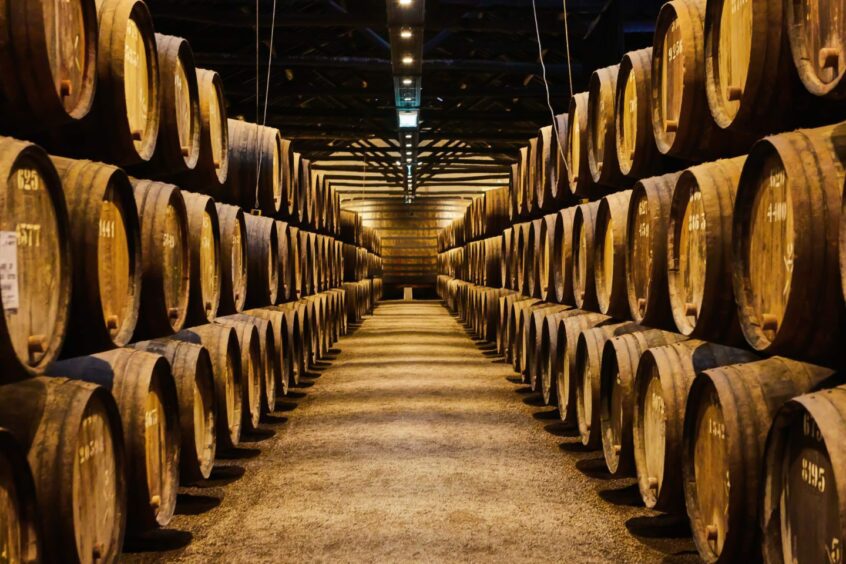



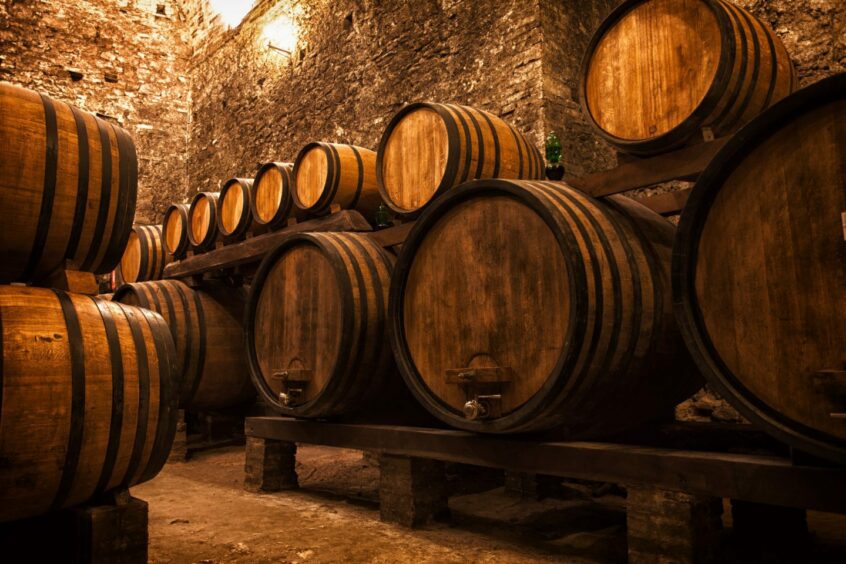



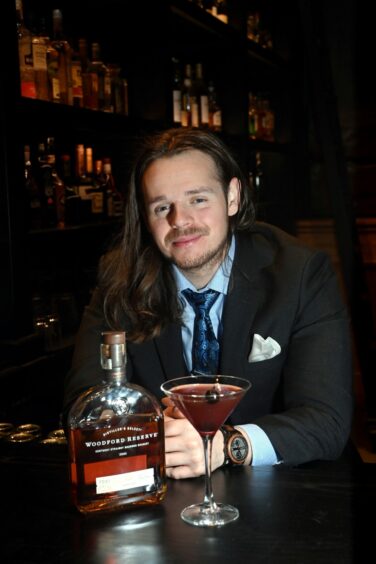

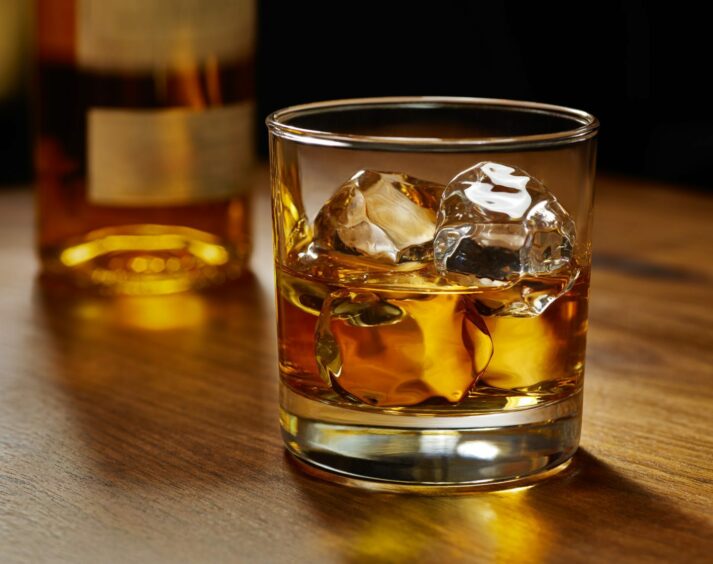

Conversation